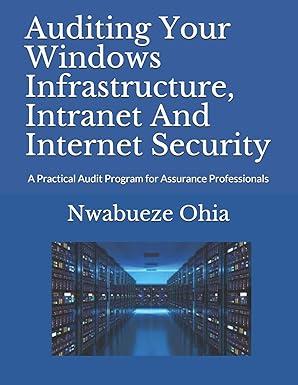Answered step by step
Verified Expert Solution
Question
1 Approved Answer
P3.6 (Algo) Analyzing the Effects of Transactions Using T-Accounts, Preparing an Income Statement, and Evaluating the Net Profit Margin Ratio LO3-4, 3.5, 3.6 Following are
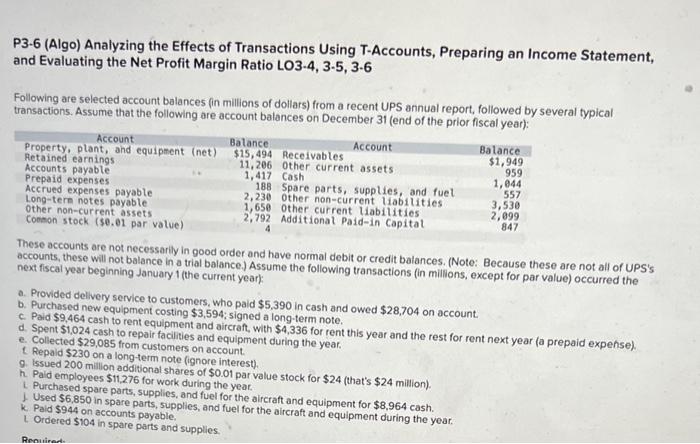
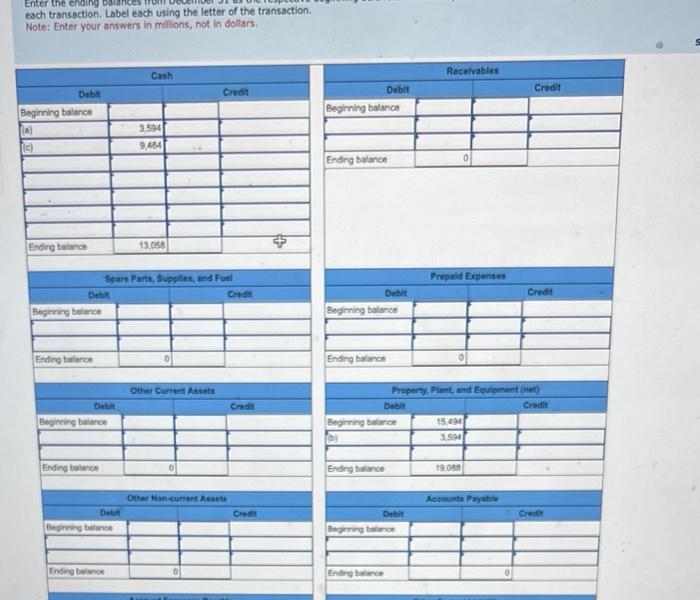
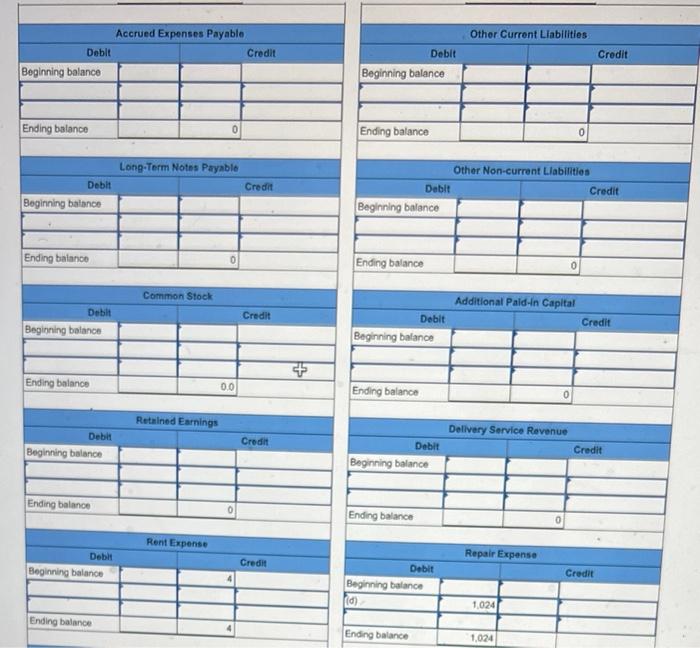
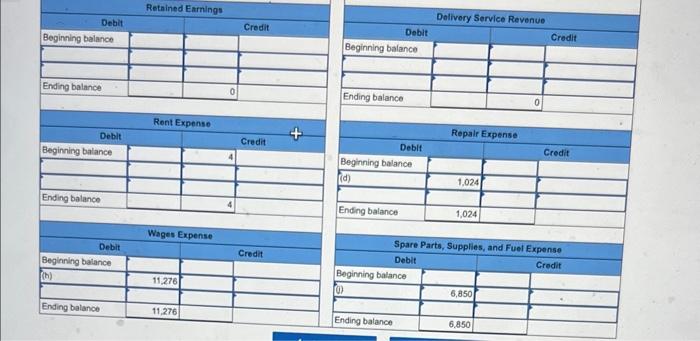
Step by Step Solution
There are 3 Steps involved in it
Step: 1

Get Instant Access to Expert-Tailored Solutions
See step-by-step solutions with expert insights and AI powered tools for academic success
Step: 2

Step: 3

Ace Your Homework with AI
Get the answers you need in no time with our AI-driven, step-by-step assistance
Get Started


